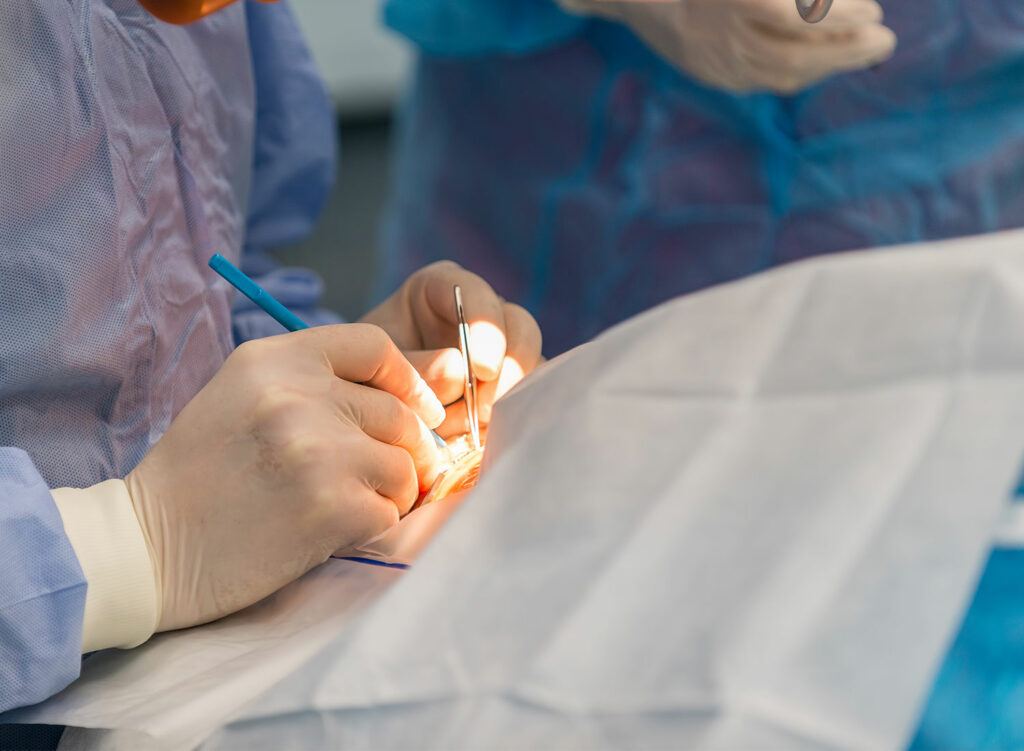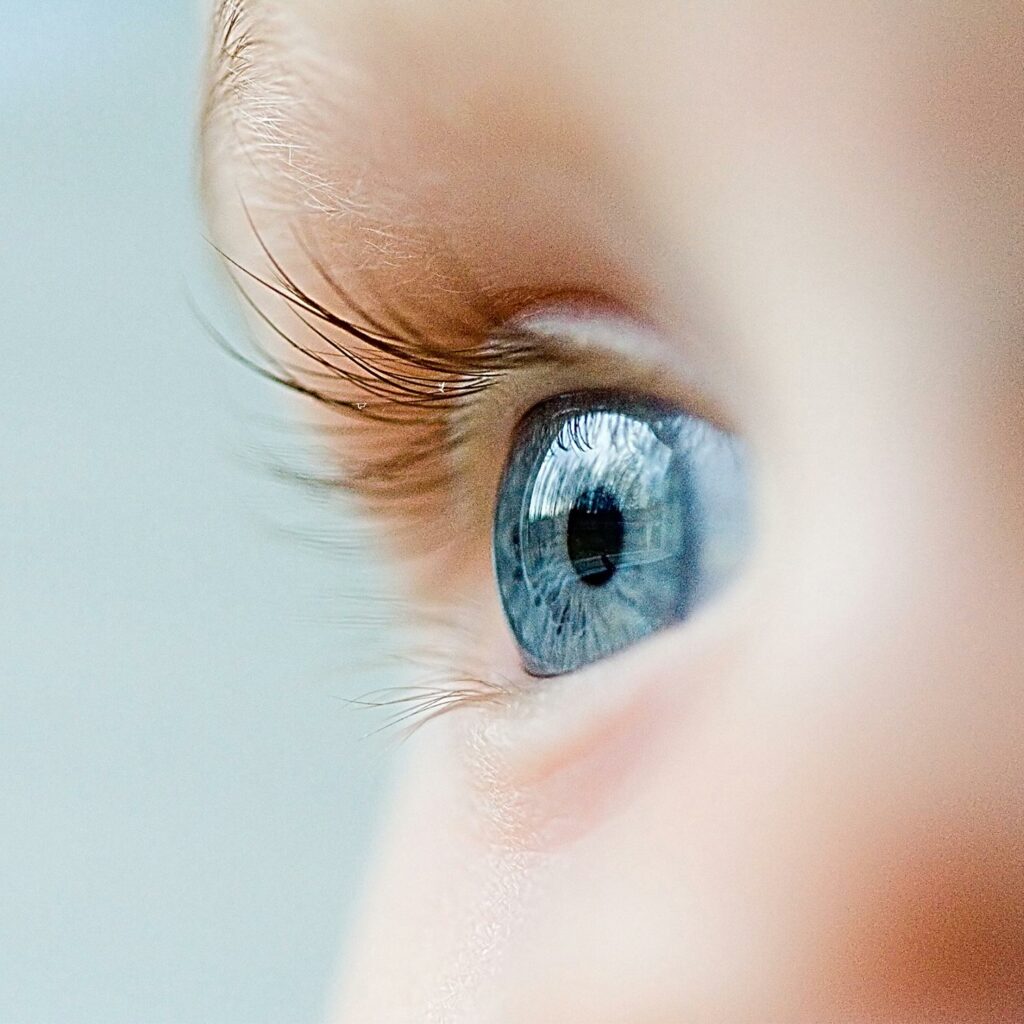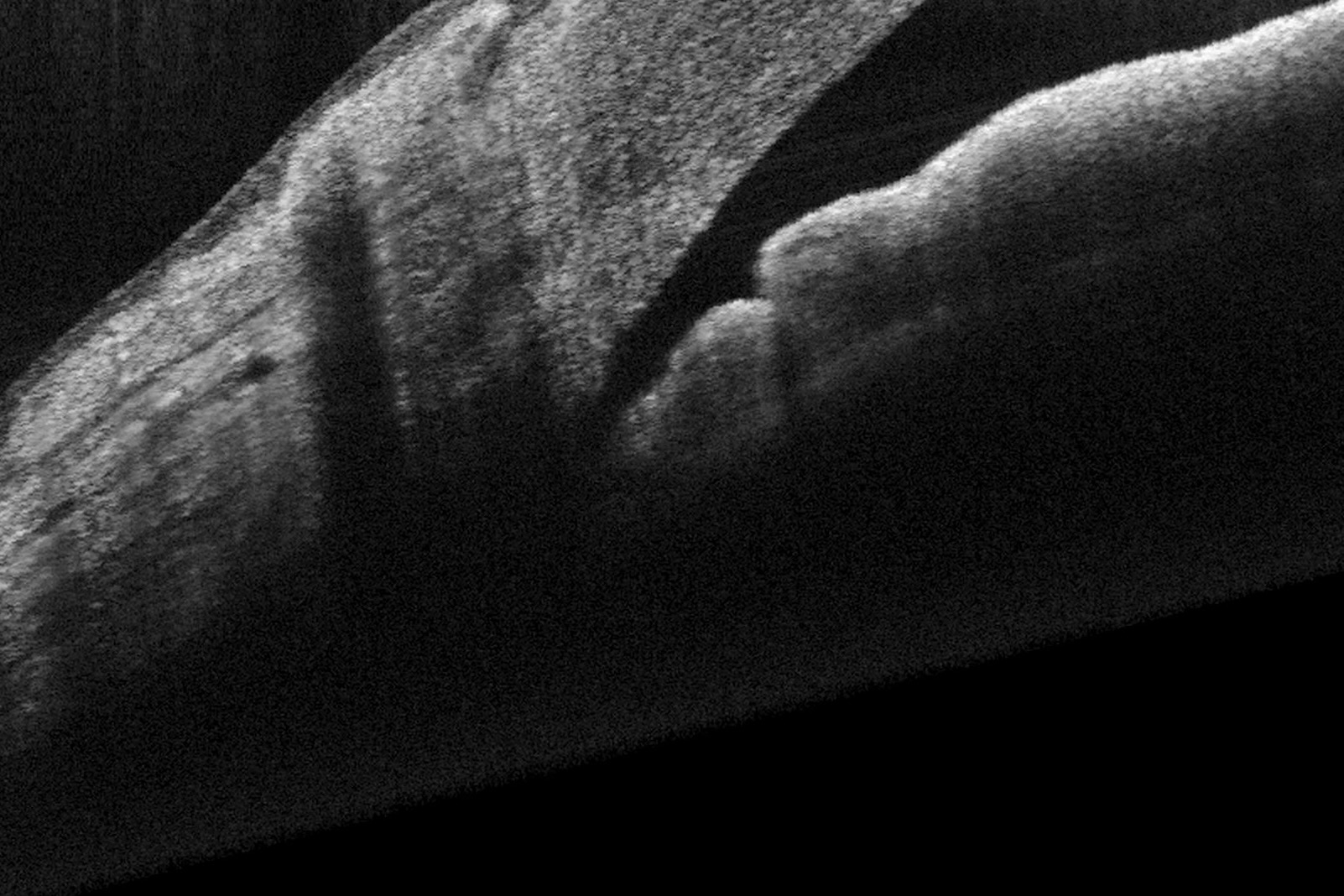Cataract Surgery
& Treatment
A cataract is an opacity in the crystalline lens of the eye. As cataracts become more dense, they cause progressive deterioration in vision. Then only way to improve vision that is affected by cataract is to remove the opaque crystalline lens and replace is with a synthetic intraocular lens (IOL).
Cataract surgery is the most common eye operation, and one of the most common operations performed in Australia. Developments in instruments, techniques and IOL technology have progressively improved the outcomes and reduced the risks of cataract surgery.
Causes of Cataract
Cataracts most frequently develop due to ageing, so that by age 70 almost everyone has some degree of cataract.
Cataracts usually develop slowly, but occasionally progress rapidly, and may develop at a different rate in each eye.
Cataract may also be caused by some eye diseases, diabetes, some medications, and UV light exposure.


Symptoms of Cataract
Common symptoms of cataract include blurred vision, reduced colour and contrast sensitivity, and haloes around lights when driving at night.
Some cataracts can cause intense glare and increased sensitivity to bright light, before they cause blurred vision.

Assessment Before Surgery
Pre-operative assessment involves reviewing your general medical history, including current medications and previous drug allergies, as well as a full eye assessment. If you are found to have significant cataract impairing vision, your eyes will need to be measured (ocular biometry) to enable an IOL to be chosen.
Dr Forrest currently favours the Haag Streit Lenstar (laser interferometric biometer), and ocular biometry and OCT scans are normally performed by one of our clinical assistants, or by Dr Forrest.

Intra-ocular Lenses
Most modern IOLs are made of acrylic plastic, and are foldable and implantable through a small incision in the cornea. IOLs are designed to last a patientʼs whole life.
With modern instruments and formulae most patients are able to avoid or minimise the need for distance glasses. Most IOLs are single focus lenses, but multifocal and extended depth of focus IOLs are also available and are designed to allow intermediate or near vision without glasses as well. These IOLs are not suitable for all patients. Dr Forrest will spend time discussing the options with you during your consultation.

Surgical Technique
Most cataract surgery is performed using a technique called phacoemulsification, in which high frequency sound waves are used to break up the lens and remove it through a small wound, which usually doesnʼt require stitches.

Recovery from Surgery
Immediately after surgery, patients are taken to a post-operative area to recover from your sedation before being ready to leave. You are not able to drive home and will need someone else to pick you up.You will be given Dr Forrest’s personal mobile phone number in case you have any concerns.
Regular Paracetamol can be helpful for the first 12 hours or so, but if you feel you need stronger pain relief you should alert Dr Forrest. Recovery from cataract surgery is usually rapid, but you will need to take some extra precautions for the first few weeks. It is customary to wear a plastic eye shield at night for a few days to protect your eye from inadvertent bumps during sleep. For many people recovering from cataract surgery lights can feel intense and sunglasses can help, as well as providing some physical protection. You should also avoid heavy lifting and strenuous activity for a couple of weeks.
Possible Complications of Cataract Surgery
Cataract surgery is successful in greater than 95% of cases, but complications can occur, and can have permanent effects. The visual outcome of cataract surgery will also depend on the condition and health of your eye. Before your surgery Dr Forrest will discuss the risks, potential benefits and expected outcome in detail with you.
Possible Complications of Cataract Surgery
Complications are very rare but can occur. Serious complications may include:
- Infection inside the eye (endophthalmitis) which may lead to loss of vision
- Swelling and clouding of the cornea
- Retinal detachment
- Inflammation and loss of vision in the un-operated eye (sympathetic ophthalmia); this is extraordinarily rare
- Retained lens fragments requiring a second operation for removal
Pre-existing eye conditions such as glaucoma, macular degeneration or corneal scarring can continue to interfere with vision after otherwise successful cataract surgery.

Congenital and
Childhood Cataract
Cataracts in infants and children are rare (around 0.03% of cataract surgery in Australia is done on children). Infantile and childhood cataracts generally represent a more complex problem than cataracts in adults.
The surgery itself can be more complicated, usually requiring vitrectomy surgery as well as lens aspiration in younger children, and IOL insertion can be more difficult, and remains controversial in infants.
The child’s eye is growing and continues to grow after surgery, and this has serious implications. Most importantly a child’s eye is connected to a developing brain, so that visual rehabilitation and follow-up must continue, often for many years, after surgery.


